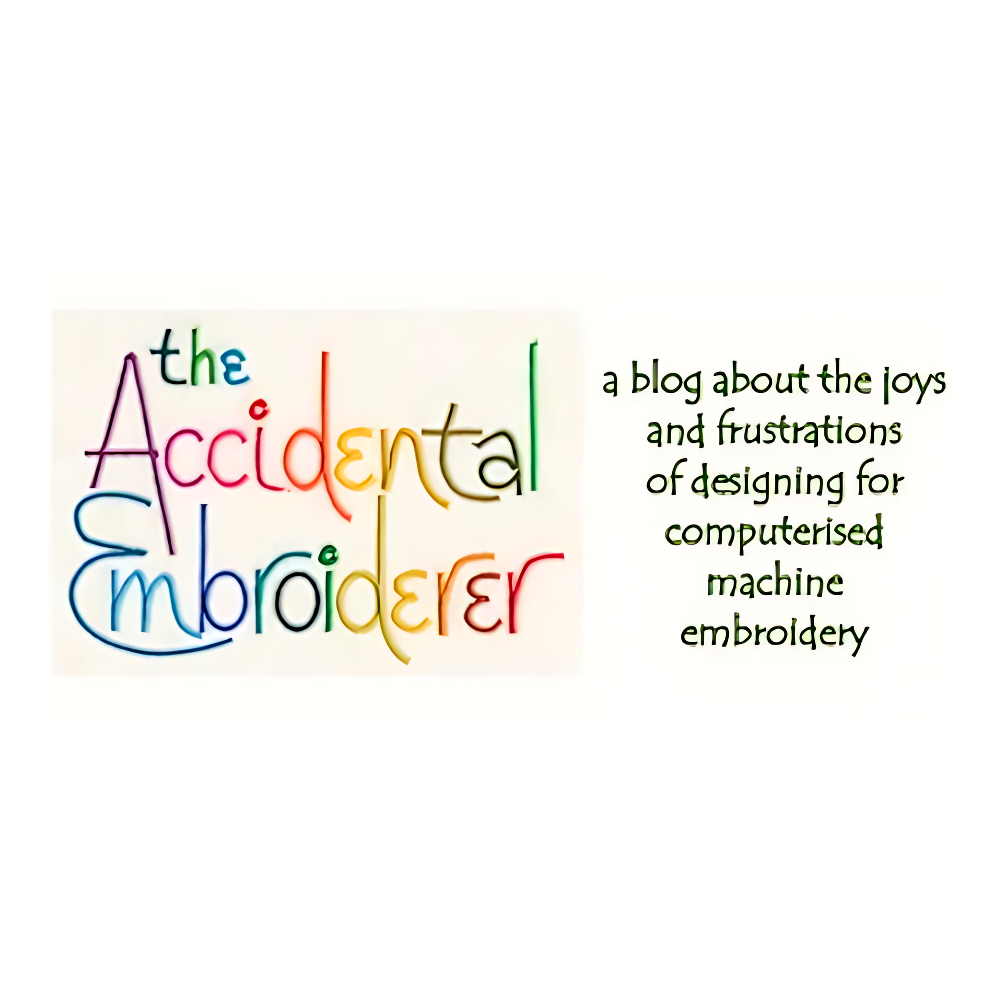Winter tree
Still looking at some old things – here’s an abstraction of a leafless tree, based on some drawings I made last autumn. It’s another attempt at using piecing to make a large panel from small, individual embroidered squares
Usually the problem with these panels is that it’s difficult to put together the small pieces to make a coherent whole, because the lines never quite match up as they cross from one small piece to the next. So I thought I’d make a virtue out of necessity, and break up the image of the tree into very different views of the branches and trunks. It was something like some of the ideas of the French Cubists, of the early 20th century who said they wanted to look at many different views of the same object all at once. Not that I’m a cubist, but in a small way I could see what they were talking about, so in this panel each square is a slightly different view of part of the whole tree. The little squares were stitched onto painted fabric and then stitched together by Cherri Kincaid’s expert hands.
Winter tree panel, assembled by Cherri Kincaid
It sort of works, but I think I should have used darker thread for the twigs and branches. The painted fabric is perhaps a little too intrusive, and really the tree should stand out a little more. But as this is more art than straightforward embroidery, I think I should be able to get away with touching up the image a little with more contrasting colours. I’ll have to think about it
